For decades, turbocharged engines carried a reputation for being temperamental, high-maintenance, and, quite frankly, disposable. They were often seen as short-lived tools of performance—a boost in power at the cost of long-term dependability.
In the world of gearheads, terms like “turbo lag,” “heat soak,” and “blown seals” were all too common. If you wanted a car that would last 200,000 miles, the advice was simple: stick with a naturally aspirated engine. But that era is over.
Today, turbocharged engines have evolved into something far more refined and reliable. Thanks to advancements in metallurgy, thermal engineering, electronic engine management, and fuel delivery systems, modern turbo engines can not only match the longevity of their naturally aspirated counterparts—they often exceed it.
Turbocharging is no longer a trade-off; it’s a technological advantage. Whether you’re talking about a compact 1.5L commuter engine or a 6.7L diesel workhorse, these powerplants are built to deliver performance and endurance.
This transformation wasn’t accidental. It came from a collision of necessity and innovation. Global fuel efficiency standards tightened. Emissions regulations became stricter. Consumers began demanding more power without sacrificing gas mileage or vehicle lifespan.
Automakers responded with intelligent forced induction: smaller engines producing more power while sipping less fuel. But beyond numbers on paper, the challenge was building engines that could take the heat, pressure, and real-world abuse that turbocharging inevitably brings.
What separates a reliable turbo engine from a fragile one? It’s not just about materials or design—it’s about philosophy. The engines on this list were created with a purpose: longevity through intelligent engineering. These are the motors that taxi fleets run for hundreds of thousands of miles.
The ones that enthusiasts mod and abuse—and they still keep ticking. They’re not perfect. Some had growing pains. Some require a bit more maintenance awareness. But in exchange, they offer exhilarating performance, towing strength, and long-distance resilience.
You’ll notice a diverse cast in this lineup. From Toyota’s bulletproof diesel trucks to BMW’s smooth inline-sixes, to Subaru’s turbo boxer and GM’s hidden gem of a 2.0L Ecotec, each has proven its worth through years of real-world use.
Whether it’s found in a luxury sedan, a family SUV, or a rugged pickup, these engines all share one common trait: they go the distance. Not just in power, but in purpose. Not just in acceleration, but in the accumulation of miles, hours, and memories.
And it’s not only about making it to high mileage. It’s about how they make it. These engines don’t crawl to 200,000 miles on life support—they run strong, stay smooth, and remain serviceable. They resist thermal degradation, withstand boost pressure, and tolerate real-world abuse. They do their jobs day in and day out, often with minimal complaint and maximum consistency.
This article isn’t just a list—it’s a tribute to the machines that quietly exceed expectations. These turbocharged powerplants have redefined what endurance looks like under boost.
They prove that with the right engineering—and the right care—turbo engines can be every bit as reliable as the old-school naturally aspirated legends they’ve replaced. So whether you’re an enthusiast, a commuter, a hauler, or a daily driver, you’ll find something worth celebrating here.
Welcome to the definitive guide to 10 Turbo Engines That Go the Distance—a list that’s as much about longevity as it is about the joy of the drive.
ALSO READ: 5 Cars That Handle Emergency Stops Well and 5 That Feel Scary
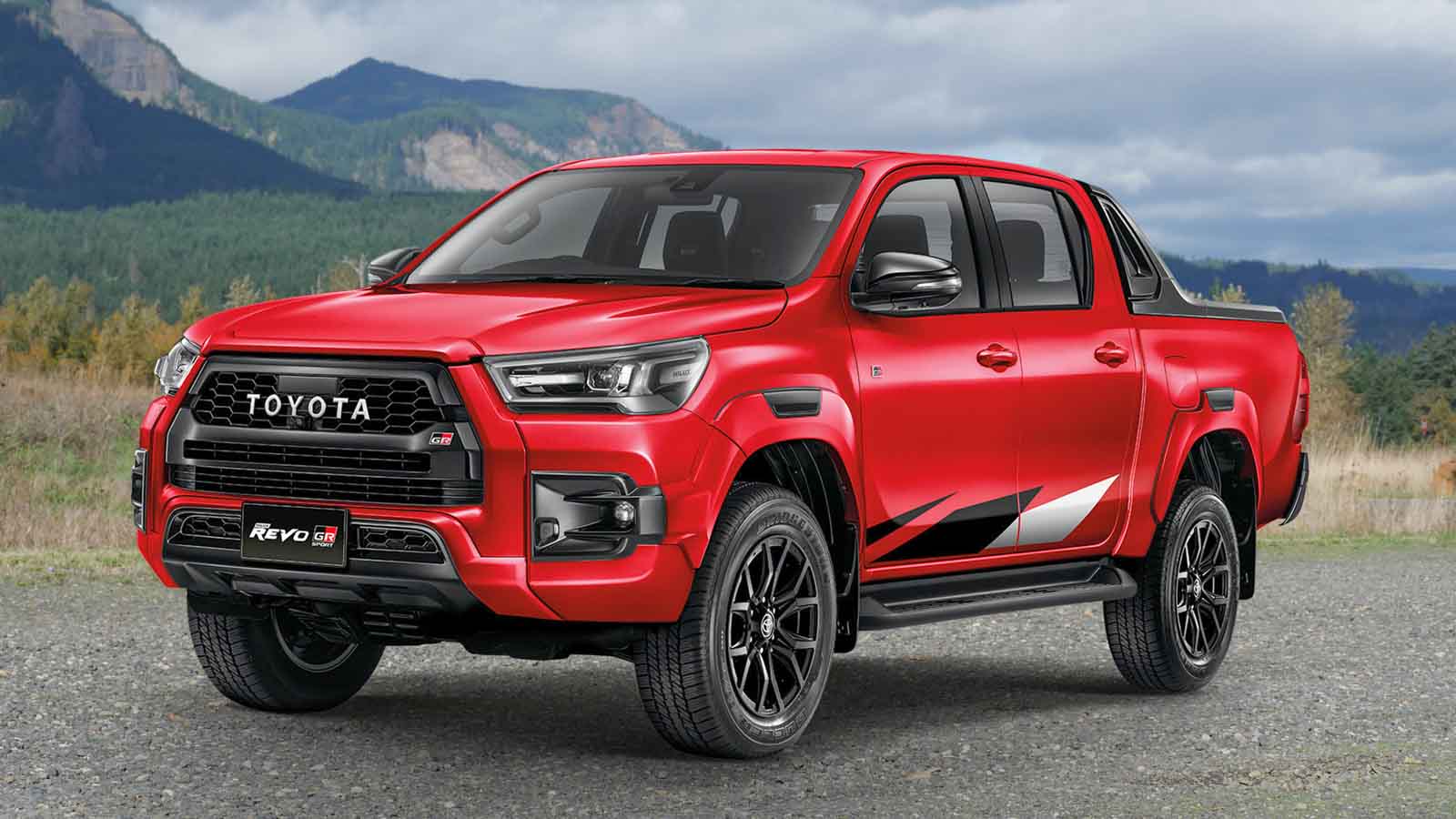
1. Toyota 2.8L 1GD-FTV (Turbo Diesel)
The Toyota 1GD-FTV 2.8L turbo diesel engine, introduced in 2015, has solidified its reputation as a high-mileage champion among global diesel platforms.
Found in vehicles such as the Toyota Hilux, Fortuner, and Land Cruiser Prado, this engine is a direct successor to the 3.0L 1KD-FTV, itself a well-regarded powerplant. Toyota engineered the 1GD to retain the ruggedness of the KD series while improving efficiency and emissions, making it one of the most balanced turbo diesels on the market.
Built with durability in mind, the 1GD-FTV utilizes a cast-iron block that can handle the high cylinder pressures typical of diesel combustion. The crankshaft is forged steel, and the pistons are made of high-temperature aluminum alloy, ensuring long service life even under heavy loads.
The engine’s long-stroke design favors torque over high-revving performance, which is ideal for towing, off-roading, and long-distance driving. Toyota kept the compression ratio high (around 15.6:1) to maintain diesel torque without sacrificing thermal efficiency.
One of the most innovative aspects of the 1GD-FTV is its water-cooled turbocharger, a crucial feature for controlling temperature during extended use or in hot climates. Many turbo engines suffer from heat soak and premature turbo wear when driven hard or under sustained load, but the 1GD’s integrated cooling mitigates those risks.
The engine also features an upgraded intercooler system and an advanced Exhaust Gas Recirculation (EGR) cooler that reduces NOx emissions while preserving combustion efficiency.
The fuel system is a high-pressure common rail design capable of delivering extremely fine atomization, which improves both power and fuel economy. Despite its complexity, the system is engineered for resilience in harsh fuel environments.
Many of these engines are run on less-than-ideal diesel fuel in remote areas, especially in Africa, Southeast Asia, and Australia, yet still manage to exceed 250,000 to 300,000 miles without major issues. This tolerance to varying fuel quality is one of its secret advantages.
In terms of maintenance, the 1GD-FTV is relatively friendly. Oil changes, fuel filter replacements, and valve adjustments are straightforward thanks to Toyota’s practical engine bay layout.
The DPF (Diesel Particulate Filter) regeneration system is also intelligently managed by the ECU, requiring little driver input. With timely maintenance intervals and the use of high-quality lubricants, the engine shows minimal oil burning or degradation even after hundreds of thousands of kilometers.
Many owners report using this engine in extreme environments—both desert heat and sub-zero alpine conditions—with excellent results.
Its adaptability and ability to handle long idle times, heavy loads, and steep inclines without overheating make it a staple for long-haul travelers and commercial fleets. As diesel engines become more regulated, the 1GD-FTV continues to prove that ruggedness and compliance can go hand in hand.
Overall, this engine demonstrates that turbocharging in diesel applications can be both reliable and efficient if done correctly. Its real-world success across continents is a testament to Toyota’s commitment to building engines that genuinely “go the distance.”
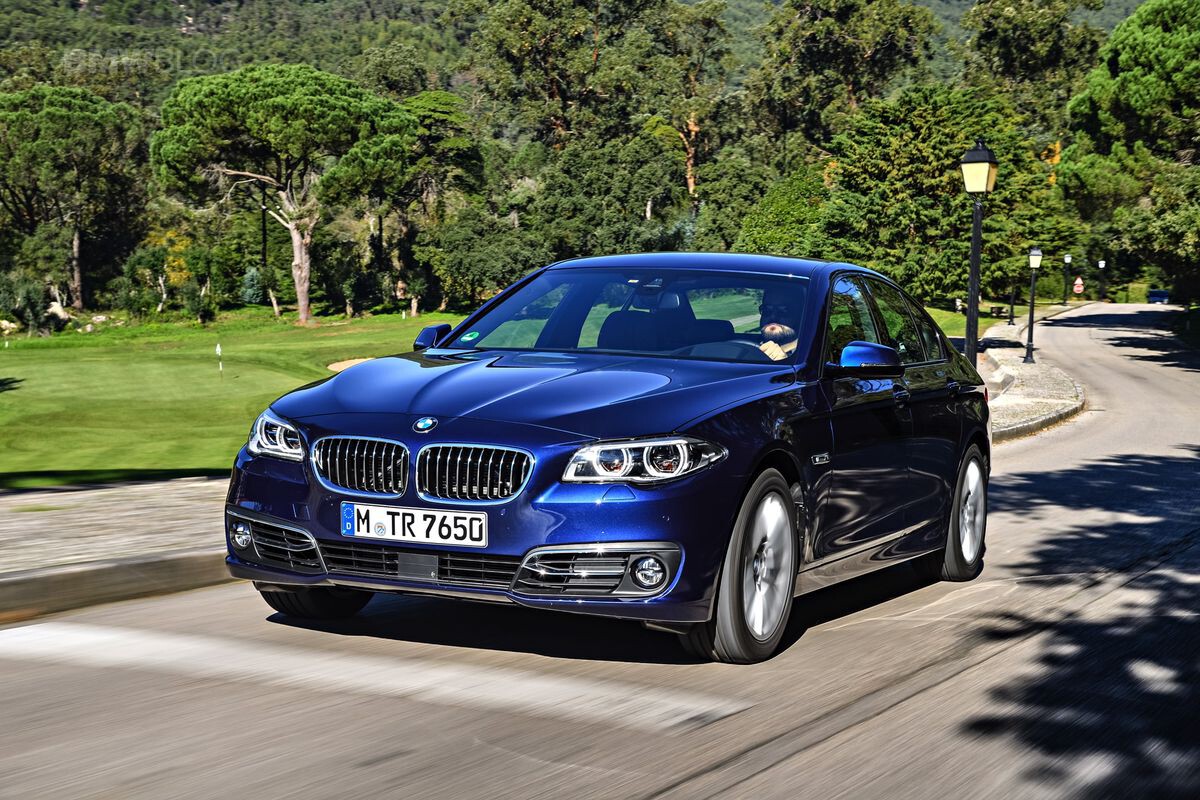
2. BMW N54 3.0L Twin-Turbo I6
The BMW N54 engine, a 3.0L twin-turbocharged inline-six, made waves when it debuted in 2006. Found in models such as the 335i, 135i, and 535i, it was BMW’s first turbocharged inline-six in over two decades and marked a significant technological leap for the brand.
Boasting direct injection, twin turbos, and a robust bottom end, it delivered smooth and exhilarating performance while also proving itself remarkably durable in the hands of those who maintained it well.
A large part of the N54’s durability comes from its forged crankshaft and connecting rods, features typically reserved for motorsport applications. The block is made of cast aluminum with iron liners, which balances strength and weight. These components were likely overengineered to ensure the engine could reliably handle the additional stress of forced induction and the higher pressures of direct injection.
While the engine was conservatively rated at around 300 hp and 300 lb-ft of torque from the factory, independent dyno testing revealed it often made more. BMW likely detuned it slightly to preserve the drivetrain and emissions compliance.
This meant the engine operated well below its mechanical ceiling, increasing its potential for long-term reliability. It also made it a favorite among tuners, who routinely extracted 400–500+ hp with relatively minor modifications and without opening the block.
Despite some issues with ancillary components like the high-pressure fuel pump (HPFP), injectors, and valve cover gaskets, the internal architecture of the N54 remains solid even after years of high mileage.
Carbon buildup on intake valves is a known issue due to the lack of port injection, but walnut blasting every 60,000–80,000 miles effectively addresses this. These are maintenance issues—not engine failures—and do not compromise the engine’s structural longevity.
Another standout feature is the engine’s thermal efficiency and oil cooling. The N54 uses a dedicated oil cooler and a complex ECU mapping system to regulate engine heat during high loads.
Many turbocharged engines suffer from oil coking or heat-related failures, but the N54, when serviced with proper synthetic oil and allowed proper warm-up and cool-down periods, avoids many of these pitfalls.
The N54 has become something of a cult engine in the BMW community. Not only is it mod-friendly, but it also has an ever-growing aftermarket support network.
Parts availability, from OEM to performance upgrades, remains strong, and many mechanics are now well-versed in its quirks. Forums, YouTube tutorials, and dedicated shops have demystified its maintenance, making it easier than ever to keep these engines running well beyond 200,000 miles.
In summary, while not without its complications, the N54 is a prime example of a turbo engine that can last the long haul if treated right. Its unique blend of robust construction, tuning potential, and smooth operation makes it one of the most respected and long-lasting turbocharged inline-sixes ever built.
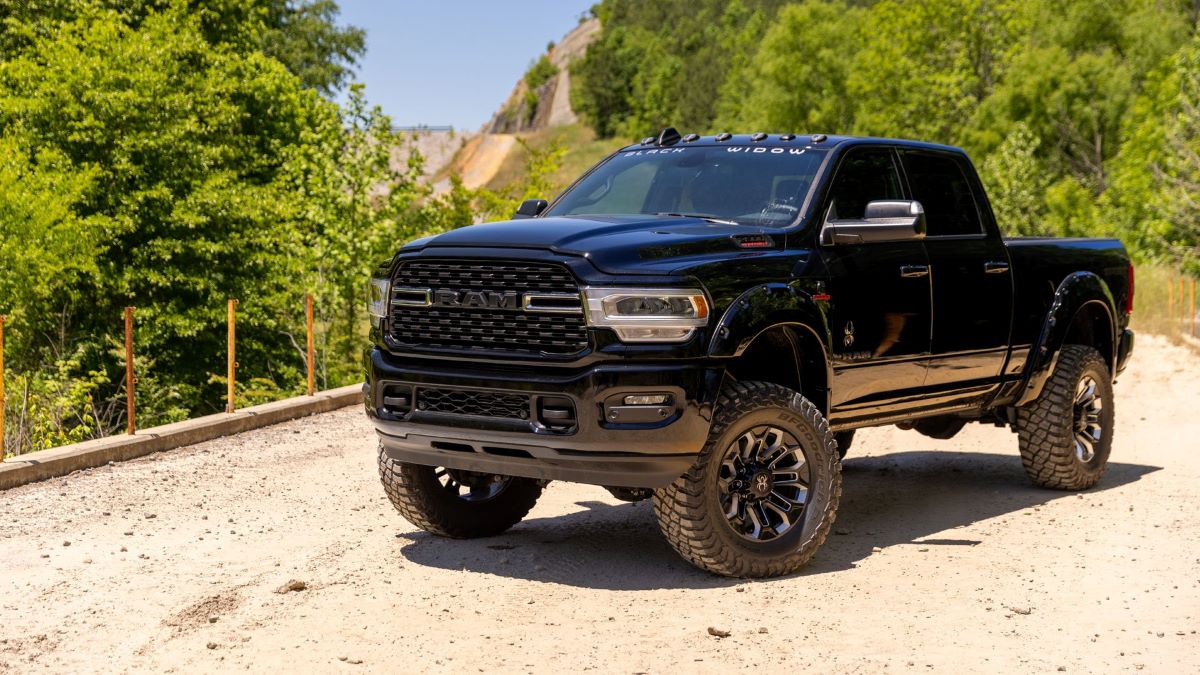
3. Cummins 6.7L Turbo Diesel (B-Series)
The Cummins 6.7L turbo diesel inline-six is arguably one of the most durable and battle-proven engines on this list. Designed for use in Ram 2500 and 3500 heavy-duty trucks, this engine is a member of the B-Series family, which has powered everything from agricultural equipment to commercial buses.
Its massive displacement, strong internals, and low-revving characteristics make it a true workhorse built for endurance rather than just performance.
One of the most notable features of the 6.7L Cummins is its inline-six configuration, which offers better primary and secondary engine balance compared to V8 diesels.
This layout, combined with a cast-iron block and forged steel components, reduces internal stress and vibration, allowing the engine to run smoother and last longer. It’s not uncommon to hear of these engines running beyond 500,000 miles with only basic upkeep.
The turbocharger system is designed for both power and towing torque. Depending on the year, the engine can be equipped with a variable-geometry turbo (VGT), which allows for better exhaust braking and improved boost response. While turbo failures can occur in high-mileage units, the system is generally robust and replaceable without requiring engine teardown.
Another area where this engine shines is its fuel system. The Bosch common-rail direct injection system delivers precise fuel metering and atomization, reducing soot and improving fuel economy. While injectors can wear over time, especially under poor fuel conditions, replacements are straightforward, and filtration upgrades can significantly extend their lifespan.
The 6.7L Cummins is also a popular candidate for emissions system modifications or “deletes,” especially in rural areas. While this practice is illegal in many regions, it does highlight the engine’s potential when freed from restrictive hardware. That said, even fully emissions-compliant versions have proven to be reliable with regular regeneration cycles and DEF top-offs.
What makes the Cummins stand apart from many other diesel engines is its rebuildability and parts availability. These engines are often rebuilt instead of replaced due to the abundance of aftermarket and OEM support. Pistons, rods, turbos, and even complete long blocks are readily available, allowing these engines to log a million miles or more in fleet service with regular overhauls.
Whether you’re towing a fifth-wheel camper or hauling equipment for a living, the Cummins 6.7L is built to deliver mile after mile of dependable performance. It’s a testament to industrial-grade turbo diesel engineering in a consumer truck package.
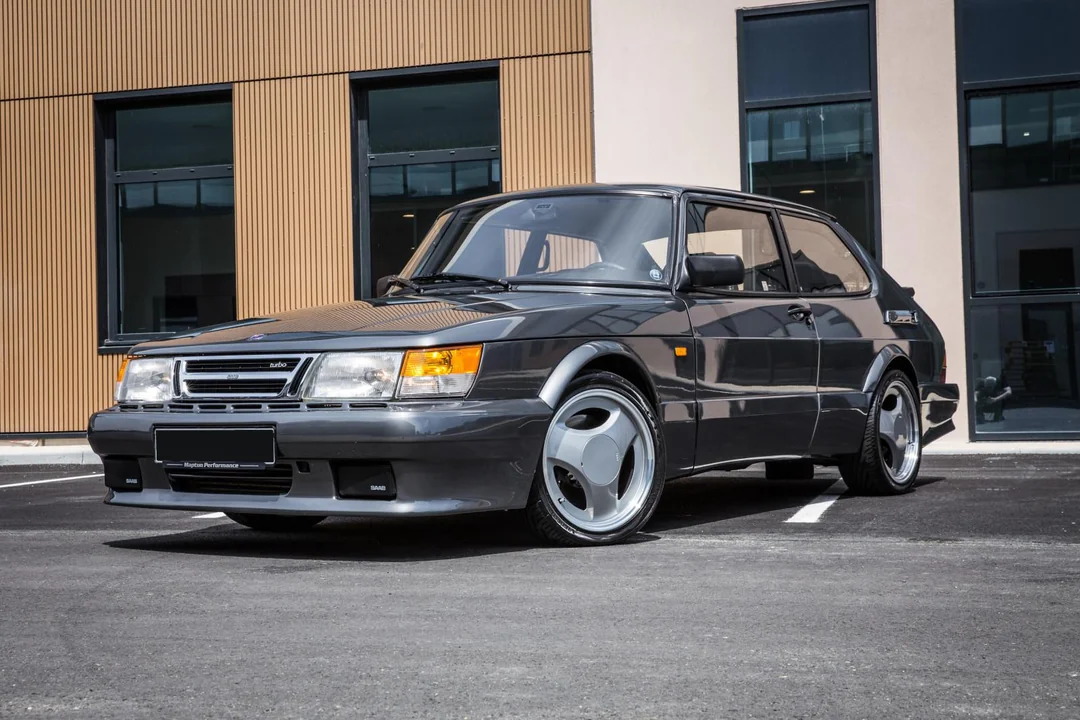
4. Saab B235R 2.3L Turbo I4
The Saab B235R engine is one of those underappreciated gems that continues to earn respect long after its brand’s demise. Produced during Saab’s GM-era and featured most famously in the Saab 9-5 Aero, the 2.3L turbocharged inline-four offered a rare blend of reliability, unique engineering, and impressive longevity.
While Saab as a company struggled financially, the B235R engine stands as a testament to the engineering brilliance that once characterized the brand. Derived from the earlier Saab H-engine architecture, the B235R features a strong bottom end with a forged crankshaft, heavy-duty connecting rods, and a well-reinforced block.
Unlike many high-performance engines of its time, the B235R was designed with long-term durability in mind, even while producing around 250 horsepower in stock form. Tuners regularly pushed the engine beyond 300 hp without modifying internal components—a clear sign of its overengineering.
One major contributor to the engine’s longevity is its balanced performance philosophy. Saab didn’t chase high-revving thrills or aggressive turbo boost maps. Instead, they opted for a flatter torque curve, peaking low in the rev range to minimize stress on components. This made the engine feel effortlessly powerful without putting it under constant pressure—a key factor in extending its operational life.
Cooling was another area where Saab excelled. The B235R used a liquid-cooled turbocharger, oil coolers, and a carefully engineered PCV system. While early 9- 5s did suffer from oil sludge issues, Saab later implemented a revised PCV system (notably the PCV #6 update) that significantly reduced this problem.
Engines that were maintained with synthetic oil and followed the updated PCV recommendations almost entirely avoided the sludge problem. Access to parts and ease of service further add to this engine’s legacy.
The longitudinal layout in Saab’s engine bays allows for better component accessibility than many modern transverse-mounted turbo engines. Timing chains instead of belts, robust head gaskets, and straightforward turbo servicing all contribute to a platform that owners can keep running well into high-mileage territory.
Despite being out of production for over a decade, Saab’s community has kept the B235R alive through forums, parts suppliers, and enthusiast garages. It’s not uncommon to find 9-5 Aeros with over 250,000 miles on the original engine and turbo, still delivering solid boost and smooth performance. These vehicles often become hand-me-downs, passed through families or Saab clubs, further underscoring their durability.
In an era where turbo engines are increasingly disposable, the Saab B235R stands as a shining example of how a thoughtfully tuned, overbuilt four-cylinder can go the distance. It may not carry the badge of a current automaker, but it has earned its place in turbocharged legend.
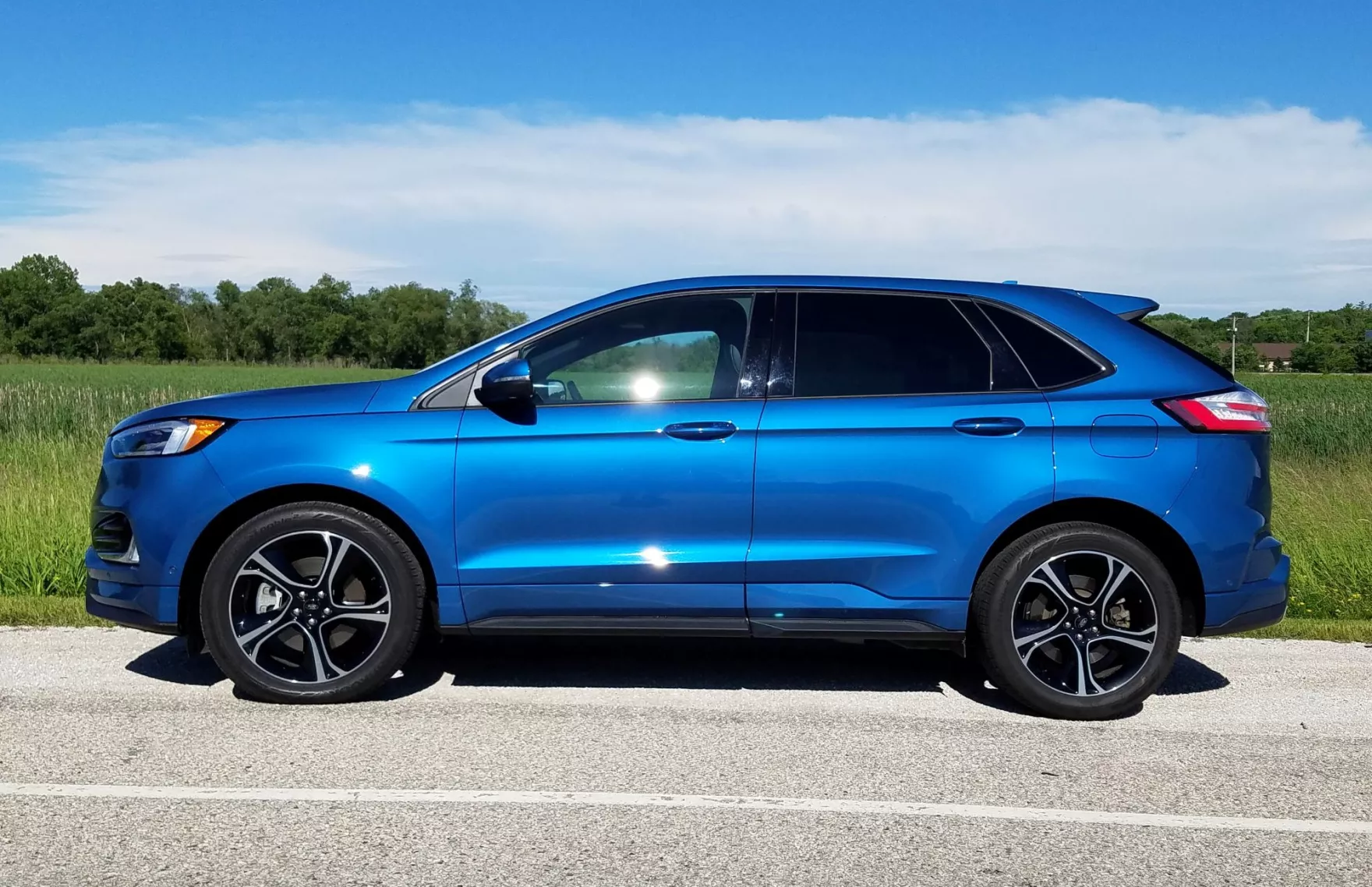
5. Ford EcoBoost 2.7L Twin-Turbo V6
Ford’s 2.7L EcoBoost V6 engine is a modern marvel of powertrain engineering, proving that small displacement and turbocharging can coexist with reliability—if done right
Introduced in 2015, this engine was designed from the ground up as part of the EcoBoost family to meet increasingly tight fuel economy regulations without sacrificing the power that truck and SUV buyers expect. Found in models like the F-150, Edge ST, and Lincoln Nautilus, the 2.7L has become one of Ford’s most trusted turbo platforms.
At the core of the 2.7L EcoBoost’s reliability is its compacted graphite iron (CGI) block, a material typically found in heavy-duty diesel engines. CGI provides better strength and rigidity than traditional cast iron while reducing weight, allowing for more consistent performance and better heat tolerance under heavy loads. Paired with aluminum cylinder heads and dual overhead cams, the engine architecture is built to handle pressure.
The twin-turbo setup uses two small, fast-spooling turbochargers, which offer excellent low-end torque and reduce turbo lag compared to single-turbo designs.
While twin-turbo systems can sometimes be a maintenance concern, Ford’s configuration is fairly robust and has a strong record of reliability across both urban and towing applications. Many trucks equipped with this engine have seen over 200,000 miles with no turbo-related failures, provided they receive consistent oil changes with full-synthetic oils.
A particularly smart upgrade in the second-generation 2.7L EcoBoost is the dual-injection system, combining both port and direct fuel injection. This hybrid approach helps prevent the carbon buildup on intake valves that plagued earlier direct-injection-only engines. Port injection also contributes to cleaner combustion, more efficient fuel atomization, and better long-term drivability.
Thermal management is another strong suit of the 2.7L. Ford engineered an oil-cooled turbo system, integrated exhaust manifolds, and electronic thermostats that allow for quick warm-up and consistent cooling during high-load driving. This reduces oil degradation and heat-related engine wear, two of the most common killers of turbocharged engines.
Although some early users experienced minor timing chain wear issues, most of these were addressed in subsequent revisions. With regular oil changes (every 5,000–7,000 miles using synthetic oils), clean air filters, and updated PCV maintenance, the 2.7L can last just as long as many naturally aspirated V6s.
The engine also tends to wear well because it delivers strong torque at lower RPMs, meaning drivers don’t need to rev it high to extract performance.
Real-world reports of F-150s and Edges crossing the 250,000-mile mark without major powertrain work are becoming increasingly common. Fleet operators, rideshare drivers, and rural users alike are finding that this engine handles both highway cruising and city stop-start abuse with equal ease. The 2.7L EcoBoost isn’t just efficient and powerful—it’s proving itself over time to be truly durable.
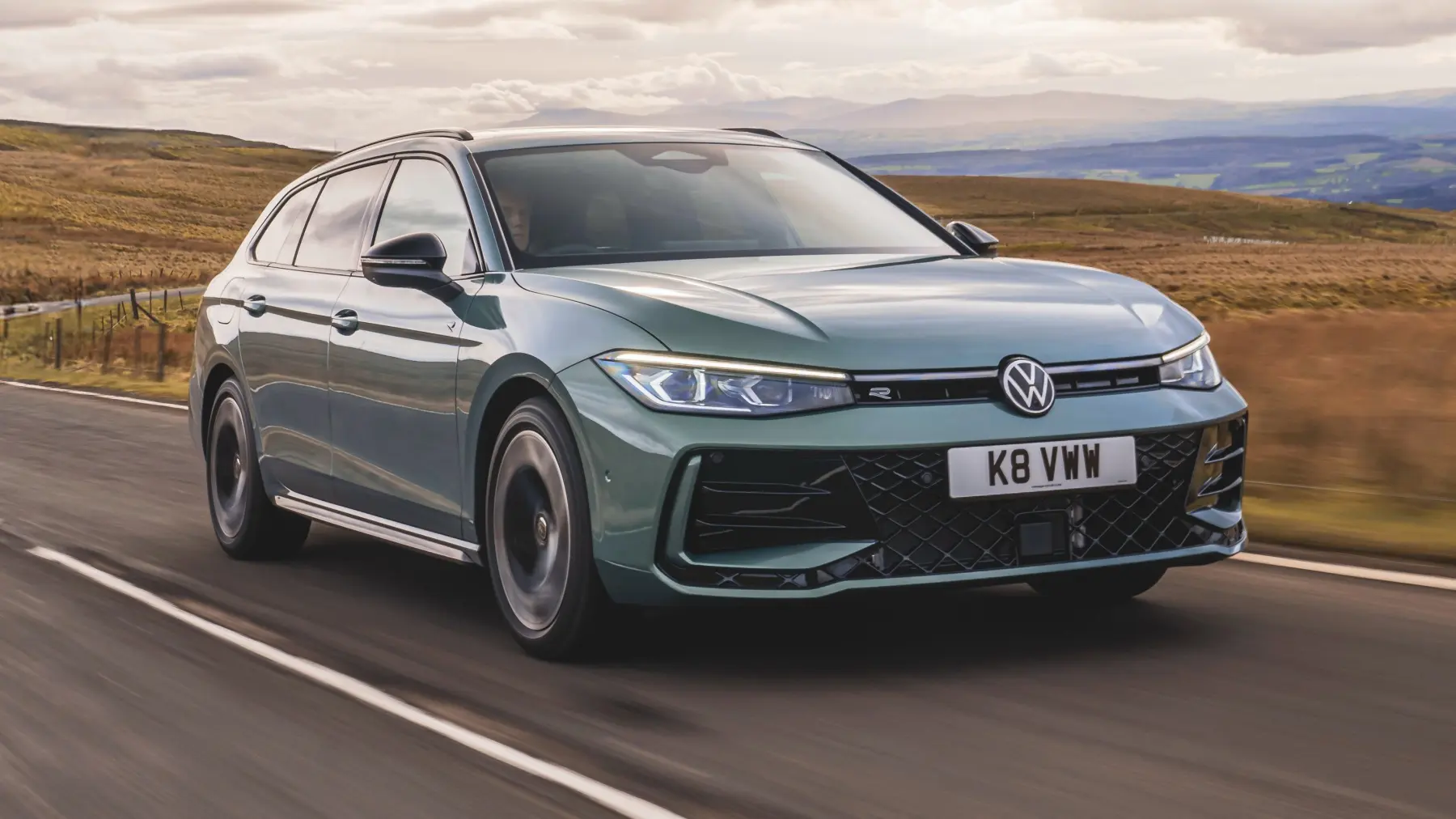
6. Volkswagen/Audi 1.8T (EA113 / EA888 Gen 1)
Volkswagen’s 1.8T engine—particularly the EA113 and early EA888 Gen 1 variants—has become legendary among turbocharged four-cylinders. Produced from the late 1990s into the 2000s, this engine appeared in everything from the VW Golf and Passat to the Audi A4 and TT. It was one of the first mass-market turbo engines that successfully blended fuel economy, performance, and longevity in a compact form.
The EA113 1.8T features a cast-iron block with a forged steel crankshaft and forged connecting rods in its earlier versions. These stout internals make the engine exceptionally durable under both stock and modified conditions.
Many tuners and enthusiasts regard the EA113 as “bulletproof” when it comes to withstanding boost increases, which is a testament to its original engineering strength.
In its stock form, the 1.8T often made between 150 to 180 horsepower, depending on the model year and tuning. Because Volkswagen left significant performance headroom in the block, it remained mechanically unstressed under normal operation.
This headroom also meant that the engine was never operating on the edge of its reliability limits, helping to extend its usable life when properly maintained. However, what set this engine apart was its ease of modification and serviceability.
With a wealth of aftermarket parts, simple ECU tuning, and bolt-on turbo upgrades, the 1.8T became a favorite for DIY enthusiasts and performance tuners. Despite being turbocharged, the engine was remarkably forgiving, often tolerating abuse and neglect far better than other engines of its era, though not invincibly so.
Like many engines from the 2000s, it had its weaknesses—chiefly, oil sludge buildup, particularly in engines that used long oil change intervals or non-synthetic oils.
Volkswagen later addressed this with better PCV system designs and by recommending higher-quality oils. Enthusiasts who followed a strict maintenance schedule saw these engines easily cross 200,000–250,000 miles without significant internal issues.
The EA888 Gen 1 improved on some of the shortcomings of the EA113, including better emissions control, updated ECU management, and a lighter aluminum block. However, early EA888s also introduced some complexity, including water pump and timing chain tensioner issues that required attention. Still, they retained much of the same spirit and long-life potential with regular service.
Today, the 1.8T remains a beloved and respected platform, known not just for its tunability but for its ability to go the distance when properly cared for. Whether in a tuned Mk4 GTI or a high-mileage B5 Audi A4, this engine proves that a well-built turbo four-cylinder can offer both excitement and endurance.
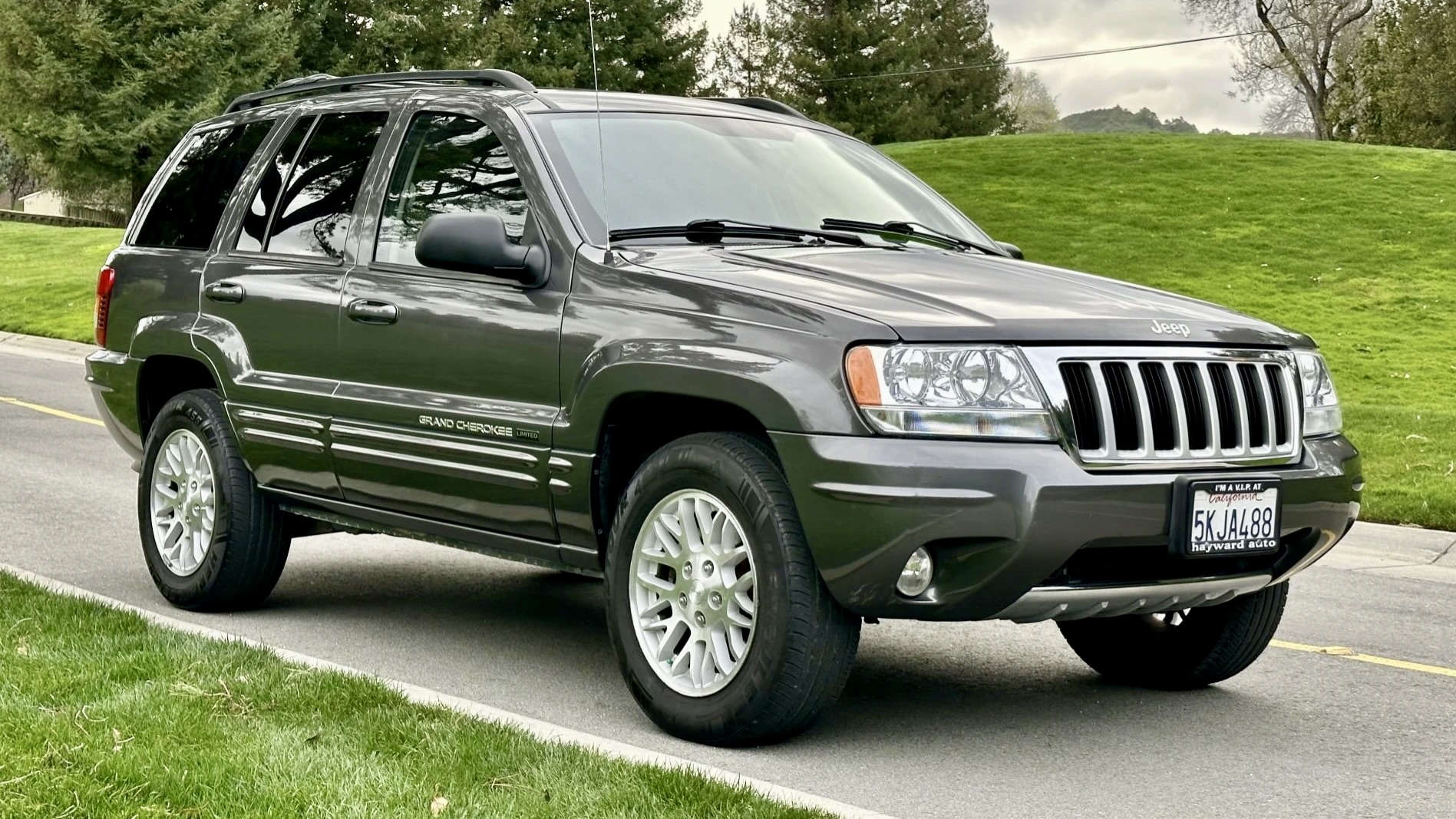
7. Mercedes-Benz OM642 3.0L V6 Turbo Diesel
The Mercedes-Benz OM642 3.0L V6 turbo diesel engine is a modern diesel masterpiece that continues to earn its place as one of the most resilient and efficient turbocharged powerplants ever built.
Introduced in 2005 and used across a wide range of platforms—including the E-Class, GLE, Sprinter, and Jeep Grand Cherokee—this engine has gained a cult following among diesel fans and long-distance drivers alike.
One of the reasons for the OM642’s durability lies in its advanced aluminum block with cast iron cylinder liners, which provides an ideal balance of lightweight construction and high wear resistance. Inside, the engine uses a forged steel crankshaft and reinforced internals, designed to endure the rigors of both stop-and-go urban driving and high-speed autobahn runs.
The OM642 utilizes a variable-geometry turbocharger (VGT) that offers both excellent throttle response and high peak torque, especially in the low-to-mid RPM range.
The VGT setup provides more consistent boost without creating the heat stress seen in some fixed-geometry turbos. Combined with its common rail direct injection system, this engine produces strong torque numbers while maintaining outstanding fuel economy—even by today’s standards.
This engine is also known for its quiet operation and smooth power delivery, making it an ideal candidate for both luxury sedans and utility vans. The long-stroke design helps reduce stress on moving parts, and the engine’s relatively low redline contributes to reduced mechanical fatigue over time.
Many Sprinter vans equipped with the OM642 have been reported to pass 400,000 miles on the original engine and turbo—an impressive feat for a modern diesel.
However, no engine is perfect, and the OM642 does have some known maintenance points. EGR valve fouling, intake manifold swirl flap failures, and DPF clogging are common on neglected engines—particularly those used mostly for short trips. Regular oil changes with low-ash synthetic oil, diesel additives, and consistent highway driving help to mitigate these issues and extend the life of emission components.
Another noteworthy feature is the integrated oil cooler and advanced engine management system, which keep operating temperatures stable even in high-stress conditions. The ECU also monitors regeneration cycles and adjusts injection timing to minimize wear and soot accumulation, especially in urban traffic or cold climates.
In the real world, the OM642 stands out not just for how long it lasts, but how well it performs across its lifespan. Whether pulling heavy loads or cruising at 80 mph for hours, this diesel engine remains remarkably smooth and efficient. It’s a favorite for anyone needing a long-distance companion that won’t quit—and won’t guzzle fuel doing it.
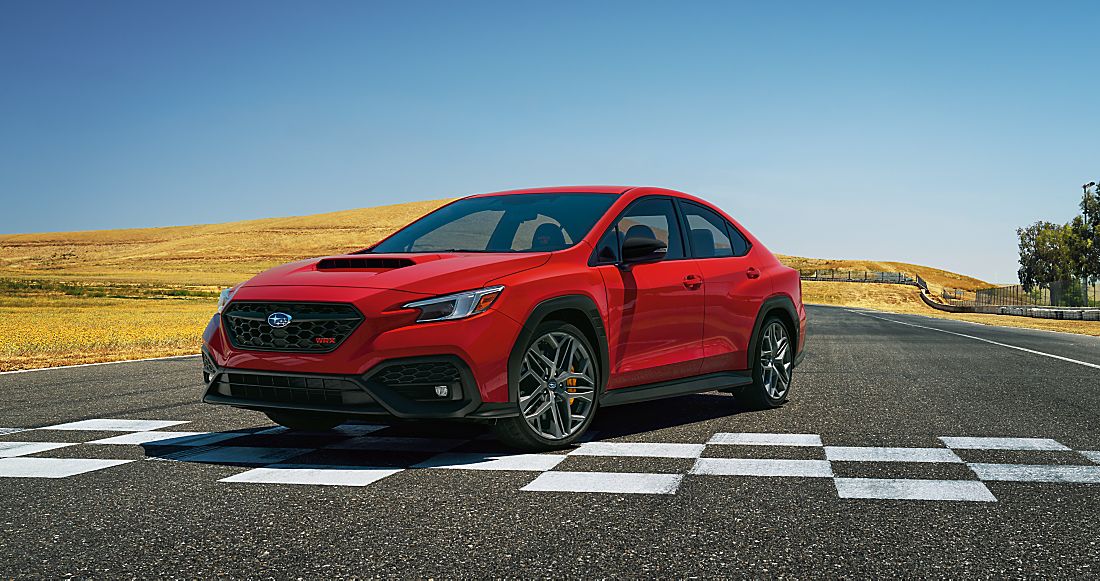
8. Subaru FA20DIT 2.0L Turbo Boxer
The Subaru FA20DIT engine, introduced in the 2015 WRX and used in models like the Forester XT and Levorg, represents Subaru’s first serious foray into modern direct-injected turbocharging.
Replacing the aging EJ-series engines, the FA20DIT was designed with efficiency, emissions compliance, and durability in mind, without abandoning the brand’s core identity of flat-four, turbocharged engines.
At the heart of the FA20DIT is its boxer engine layout, which keeps the center of gravity low and distributes weight evenly across the front axle. This configuration naturally helps with oil distribution and engine cooling, two areas critical to turbocharged engine longevity. Subaru retained its characteristic horizontally opposed piston design, which is known for smooth operation and mechanical balance.
Subaru made key improvements to longevity by switching from a timing belt to a timing chain system, a major reliability upgrade over the previous EJ25.
Additionally, the FA20DIT utilizes a twin-scroll turbocharger integrated into the exhaust manifold, which reduces turbo lag and allows for more consistent boost. This setup improves not only power delivery but also engine thermal control, reducing the likelihood of hotspots or detonation.
Internally, the FA20DIT features a semi-closed deck design, cast aluminum pistons, and a lower compression ratio (10.6:1) compared to naturally aspirated engines. While not quite as strong as fully forged setups, the engine holds up well under factory boost. Subaru designed it for longevity under normal conditions, though extensive aftermarket tuning can push it beyond safe limits without supporting mods.
The engine also includes dual fuel injection—both direct and port—which helps to minimize carbon buildup on intake valves, a problem that has plagued many other direct-injection-only engines. This dual system improves throttle response and ensures cleaner combustion, resulting in better long-term performance and fewer costly repairs.
Cooling is handled by an integrated water-to-air intercooler, which helps maintain intake temperatures in both hot and cold environments.
Combined with a large oil pan and a redesigned PCV system, the engine manages oil and heat exceptionally well, two of the most important factors for turbo engine longevity. When paired with regular oil changes and proper warm-up practices, it’s not uncommon for WRX owners to report 200,000+ miles on stock engines.
Though the EJ-series may hold nostalgic value, the FA20DIT has proven to be a more sophisticated and balanced evolution of Subaru’s turbo boxer formula. When cared for, it offers both performance and long-haul dependability.
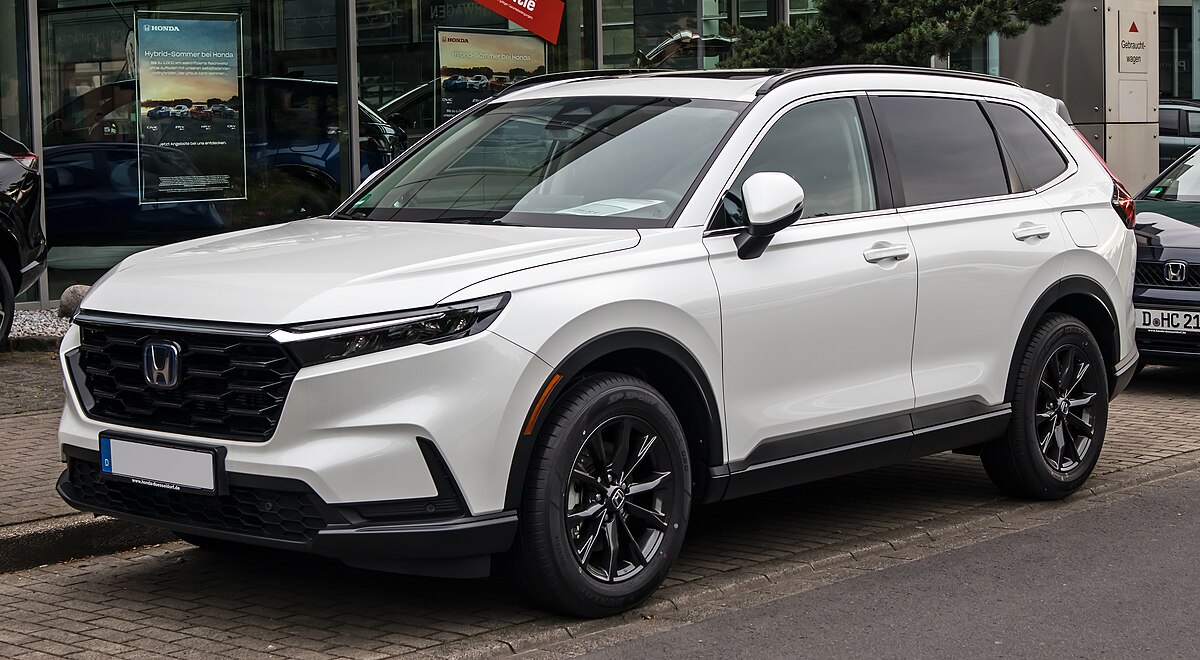
9. Honda 1.5L VTEC Turbo (L15B7)
The Honda L15B7 engine, a turbocharged 1.5-liter inline-four, represents a significant shift in Honda’s engine philosophy. Known for decades for naturally aspirated high-revving VTEC engines, Honda’s decision to embrace small-displacement turbocharging marked a turning point.
The L15B7 powers many of the brand’s recent offerings, including the Civic, CR-V, and Accord, and it has proven itself not only fuel-efficient but impressively durable as well. One of the most appealing characteristics of the L15B7 is how it blends modern turbo efficiency with classic Honda engineering discipline.
The engine features direct fuel injection, dual VTC (Variable Timing Control) on both the intake and exhaust cams, and a low-inertia turbocharger. It offers excellent low-end torque while remaining relatively unstressed at highway cruising speeds—an important factor in reducing long-term wear.
Despite its small size, the engine is carefully reinforced to handle the high pressures of turbocharging. It uses a forged steel crankshaft, cast aluminum pistons with cooling galleries, and sodium-filled exhaust valves for improved heat resistance.
The compression ratio remains relatively high at 10.3:1, made possible by precise fuel metering and ignition timing. These features allow the engine to maintain combustion stability and efficiency over time.
A key innovation in the L15B7 is its coolant-based intercooling system, which reduces intake air temperatures without requiring bulky front-mounted intercoolers. This design helps improve throttle response and reliability, especially in compact engine bays.
The thermal management system is smartly integrated, and helps the engine warm up quickly and maintain optimal operating temperatures—both essential to reducing engine wear over time.
One issue that surfaced early in the engine’s life was fuel dilution, particularly in colder climates where short trips prevented full oil temperature stabilization.
Honda quickly addressed this with software updates and revised operating procedures. When driven responsibly and maintained with high-quality synthetic oil, fuel dilution has not proven to be a long-term durability issue for most drivers.
In real-world use, the L15B7 has racked up impressive reliability scores. Civic and CR-V owners often report over 200,000 miles with minimal oil consumption or mechanical degradation, as long as regular oil changes and basic maintenance are observed.
Timing chains, spark plugs, and turbos all tend to last far beyond 100,000 miles, making the platform ideal for commuters and families seeking a low-maintenance turbo option.
In short, the L15B7 stands as a prime example of how downsized turbo engines, when engineered thoughtfully, can meet modern emissions and performance demands without sacrificing long-term reliability. It may not be flashy, but it’s exactly the kind of engine that will quietly go the distance.
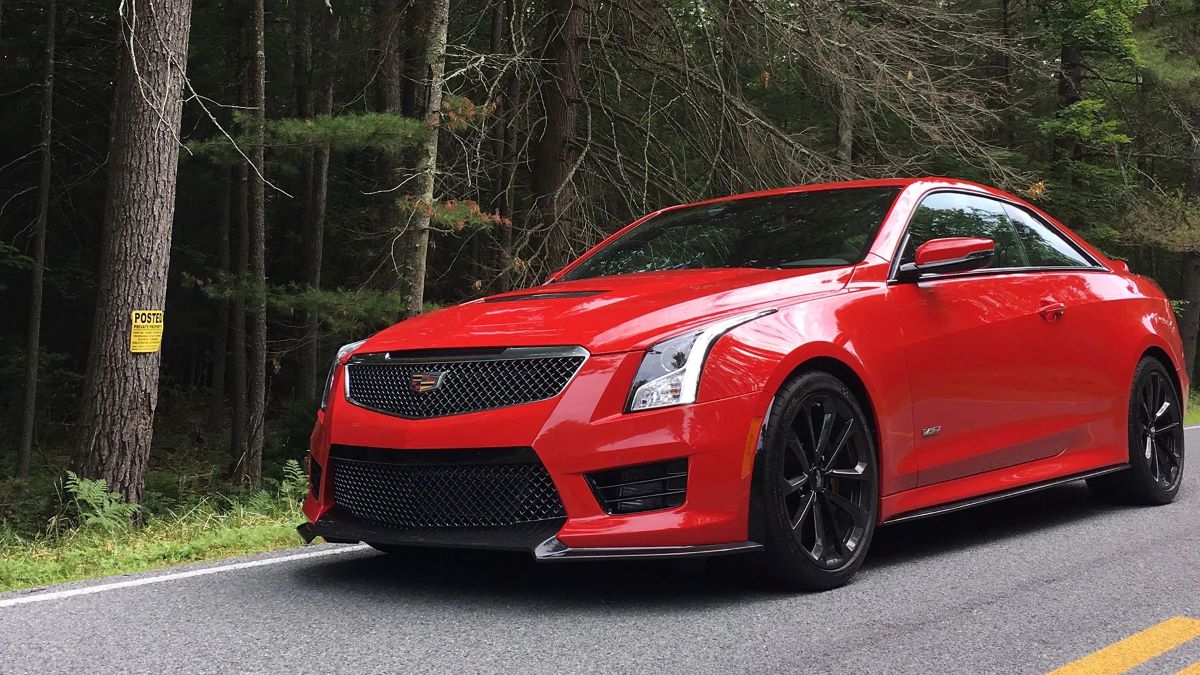
10. GM 2.0L LTG Turbo (Ecotec)
The General Motors 2.0L LTG engine is an often-overlooked turbocharged powerhouse that balances performance, efficiency, and durability. Found in a wide variety of GM vehicles—from the Cadillac ATS and Chevy Malibu to the Camaro and Buick Regal—the LTG offers real-world power and surprising longevity for a modern direct-injected turbo engine.
One of the engine’s biggest strengths is its overbuilt nature for a 2.0-liter inline-four. The LTG features an aluminum block with cast iron cylinder liners, forged steel crankshaft, and a structurally reinforced bottom end. These enhancements help the engine withstand the high combustion pressures of turbocharging while keeping the weight low—key for sporty yet efficient driving dynamics.
The engine uses a twin-scroll turbocharger integrated into the exhaust manifold, which provides rapid spool-up and strong low-end torque. This setup reduces turbo lag and spreads the powerband evenly across the rev range
. In factory tune, it makes between 250–275 horsepower and up to 295 lb-ft of torque—figures that rival much larger naturally aspirated engines. Despite this, it operates at relatively conservative boost levels, which reduces wear on the turbo and pistons over time.
Fuel delivery is handled through high-pressure direct injection, allowing for precise fuel metering and improved thermal efficiency. While early DI engines from many manufacturers suffered from carbon buildup on the intake valves, the LTG has proven relatively resistant, likely due to refined injection timing and improved oil control strategies within the PCV system.
The engine’s cooling and oiling systems are also noteworthy. The LTG employs piston-cooling oil jets, a high-capacity water pump, and an advanced thermostat system that maintains optimal engine temperatures during hard use. Whether in city traffic or on long highway drives, these components help extend the life of the oil and prevent the kind of thermal degradation that shortens turbo engine lifespan.
Though some early LTG units experienced timing chain stretch or water pump leaks, GM has since updated these components. Most high-mileage LTG users report that regular maintenance, such as timely oil changes and spark plug replacement, keeps these engines running reliably past 200,000 miles.
It’s also worth noting that the LTG has proven itself in motorsport and track-day applications, where even with elevated power levels, the engine holds up well with proper tuning and cooling.
In a landscape where modern engines are often seen as disposable, the LTG shows that smart engineering and robust construction can yield a turbocharged engine built to last. Whether in a luxury sedan, family crossover, or sporty coupe, the 2.0L LTG has quietly built a reputation for strength, endurance, and all-around versatility.
ALSO READ: 5 Cars That Are Truly Built for U.S. Roads and 5 That Aren’t
As we’ve explored throughout this article, turbocharged engines are no longer the high-strung, short-lived units they once were. Many of the power plants we’ve highlighted have become synonymous with endurance, capability, and long-term reliability.
They’ve proved their mettle across continents, climates, and vehicle platforms, shattering the outdated myth that forced induction is the enemy of longevity.
The engines featured here—whether pulling heavy loads, racking up commuter miles, or powering performance machines—have succeeded because they were engineered with both strength and foresight. They’re not all perfect, and some require particular attention to maintenance.
But even those with quirks offer a trade-off that makes the investment worth it: exceptional performance, broad torque curves, and impressive fuel economy—all bundled in a package that can outlive expectations when properly cared for.
What becomes clear when you study these engines in depth is that durability isn’t accidental. It’s baked into the DNA of the platform. Whether it’s the Toyota 1GD’s rugged diesel design, BMW’s overbuilt N54 with forged internals, or Ford’s CGI-block EcoBoosts that handle daily abuse, each engine is a story of thoughtful compromises.
Engineering for longevity under boost pressure means paying attention to cooling, oil flow, metallurgy, turbo materials, and ECU management. And when those things align, what you get isn’t just a fast engine—it’s a reliable one.
Moreover, these engines demonstrate the beauty of versatility. The Cummins 6.7L might spend its life hauling trailers across states, while the Honda L15B7 keeps commuters moving efficiently.
The Subaru FA20DIT balances performance with all-wheel-drive practicality, and the Mercedes OM642 quietly powers Sprinter vans, crossovers, and luxury sedans with diesel finesse. Each does something different, yet they all share a legacy of distance covered, tasks completed, and owners impressed.
There’s also a cultural aspect to this. Many of these engines have communities that swear by them—forums full of stories from owners who’ve driven 300,000 miles, rebuilt their turbos, or installed performance upgrades without killing reliability.
This shared knowledge has become a critical part of each engine’s real-world success. Whether it’s tuning advice for the N54 or PCV mods for the 1.8T, the aftermarket ecosystem and shared expertise only reinforce their staying power.
It’s worth emphasizing that turbo engine reliability isn’t just about hardware—it’s also about habits. Warming up your engine before pushing it, sticking to strict oil change intervals, using high-quality fluids, and allowing turbos to cool after driving are small acts that yield big results. These engines reward owners who treat them with mechanical respect—and even forgive those who occasionally forget.
Looking ahead, as automakers continue to downsize and turbocharge even more engines to meet efficiency standards, the bar has been set by these ten.
They’ve shown that small doesn’t mean weak, and turbocharged doesn’t mean fragile. Future powertrains will undoubtedly build on their foundation, taking lessons learned from millions of miles logged and pushing the envelope of what modern engines can achieve.
So, whether you’re looking for a used car with a known track record or shopping for your next turbocharged daily driver, let this list be your guide. The engines featured here aren’t just good—they’re great. They’ve already earned their stripes on the battlefield of long-term use, and they’ll likely keep running strong for years to come.
In the end, “going the distance” is about more than odometer readings—it’s about confidence, consistency, and a vehicle that won’t let you down. These ten turbo engines deliver all that and more. And that’s something worth celebrating.
